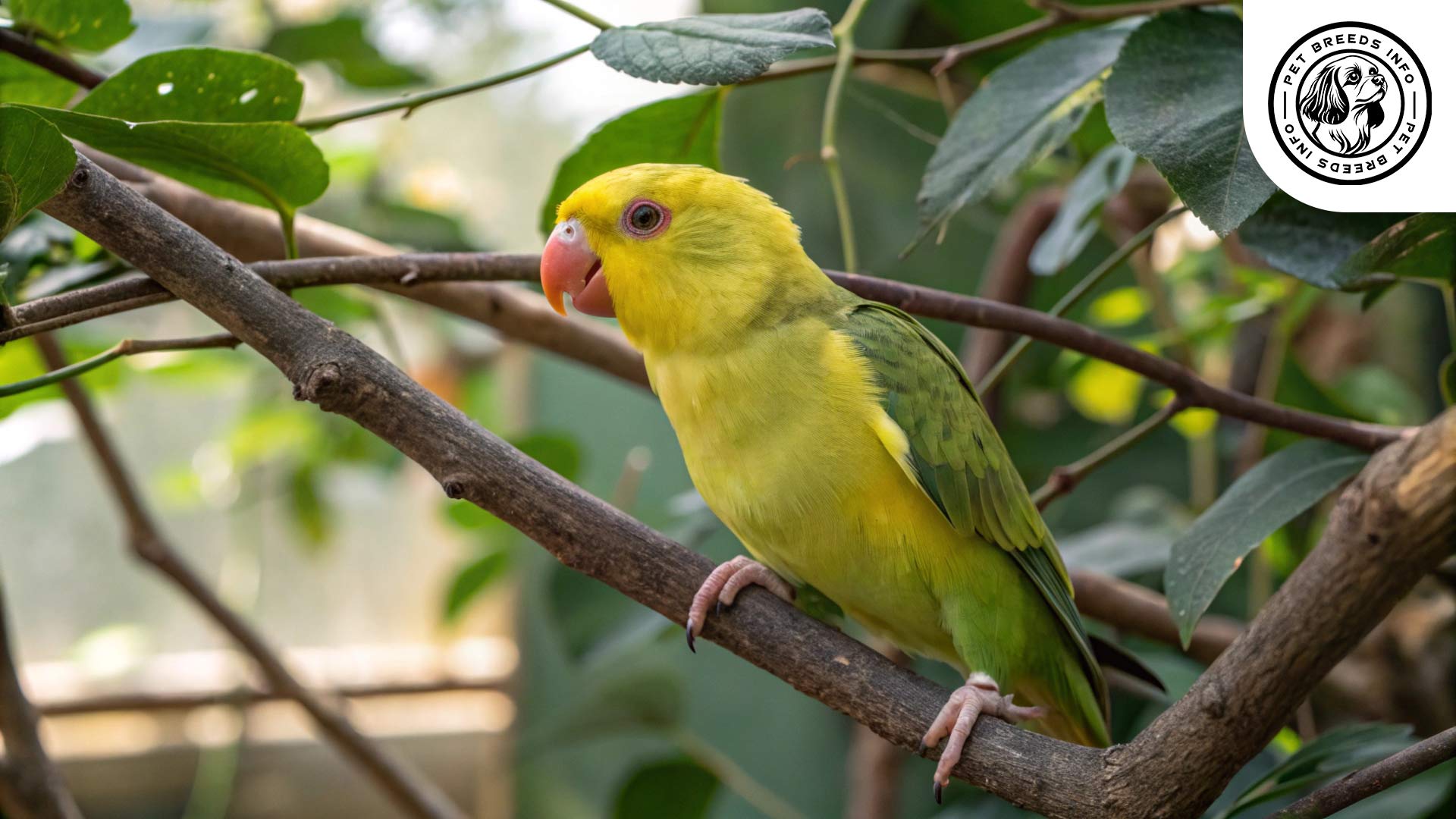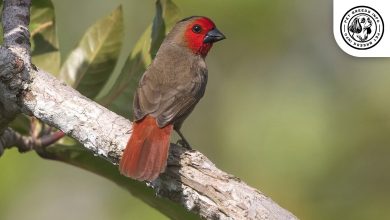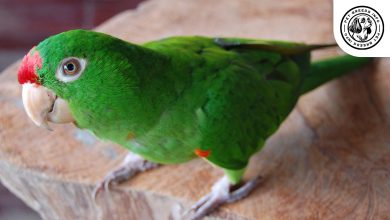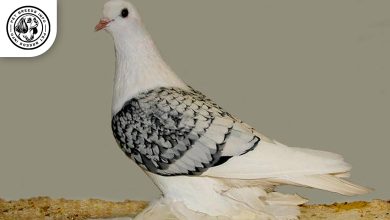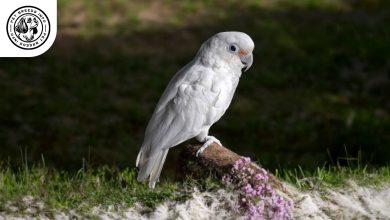Yellow-faced Parrotlet Bird: Personality, Lifespan, Food & Care
General Introduction of the Breed
The Yellow-faced Parrotlet (Forpus xanthops) is a small yet striking species of parrotlet known for its bright yellow facial markings and lively personality. This bird is native to Peru, where it primarily inhabits dry forests and shrublands.
Considered one of the rarer species in the parrotlet family, the Yellow-faced Parrotlet has been of particular interest to avian enthusiasts and conservationists alike. Due to habitat loss and illegal pet trade, its population in the wild has declined, making conservation efforts crucial.
Table of Contents
| Common Name | Yellow-faced Parrotlet |
| Scientific Name | Forpus xanthops |
| Origin | Peru |
| Size | Around 14 cm (5.5 inches), weighing between 30-35 grams |
| Lifespan | 15 to 20 years |
| Talking Ability | Capable of learning basic tricks and commands |
| Colors | Primarily green body with a bright yellow face (males more intense), blue patches on male wings |
| Noise Level | Relatively quiet compared to larger parrots, produces chattering and occasional vocalizations |
| Social Behavior | Friendly and social, can be territorial, does well in pairs or small groups |
Physical Characteristics
The Yellow-faced Parrotlet is a small bird, typically measuring around 14 cm (5.5 inches) in length and weighing between 30-35 grams.
Its most distinguishing feature is its bright yellow face, which contrasts beautifully with its green body. Males generally have more intense yellow facial markings, while females tend to have a duller hue.
The parrotlet’s eyes are dark brown and round, giving it an expressive and alert appearance. Its beak is short, curved, and pale ivory in color.
The wings and upper body are primarily green, with small patches of blue on the wings in males. The tail is relatively short and rounded, matching the green coloration of the body..
Read More: Barb Pigeon
Personality and Temperament
Yellow-faced Parrotlets are highly intelligent birds, capable of learning basic tricks and commands with consistent training.
They have a moderate energy level and enjoy engaging in playful activities, such as climbing, exploring, and chewing on bird-safe toys.

These birds form strong bonds with their owners and thrive on companionship. If left alone for extended periods, they may become anxious or develop behavioral issues.
They are friendly and social but can be territorial at times, especially if they are not properly socialized with other birds or people. They do well in pairs or small groups.
Yellow-faced Parrotlets are relatively quiet compared to larger parrots, but they can still produce chattering and occasional vocalizations.
Care and Maintenance Requirements
A spacious cage with horizontal bars for climbing is essential for a Yellow-faced Parrotlet. They require ample room to move and play.
These birds enjoy daily free-flight time outside their enclosure to exercise and stay mentally stimulated.
Proper grooming involves occasional nail trimming, beak monitoring, and checking feathers for any signs of stress or molting difficulties.
They are sensitive to extreme temperatures and should be kept in a stable indoor environment with controlled humidity.
Regular cleaning of the cage, perches, and toys is necessary to maintain hygiene and prevent diseases.
Diet and Nutrition
A balanced diet for a Yellow-faced Parrotlet includes high-quality pellet food, supplemented with fresh vegetables, fruits, and seeds.
Dark leafy greens, carrots, bell peppers, and apples are excellent choices, while avocado, chocolate, and caffeine should be strictly avoided.
Fresh water must be available at all times, and occasional cuttlebone or mineral blocks help maintain beak and bone health.
Feed appropriate portion sizes twice a day to prevent obesity and ensure a well-rounded diet.
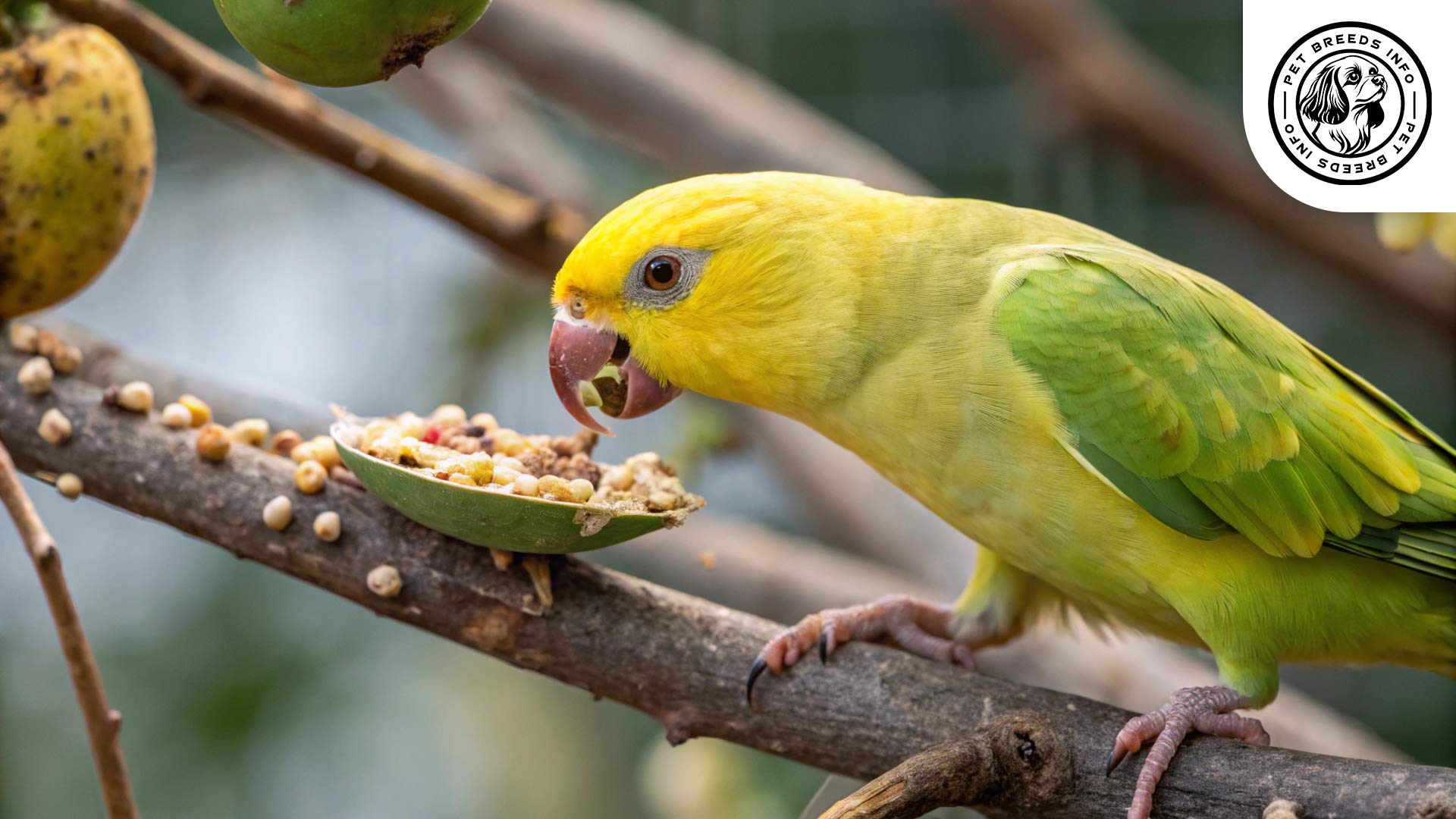
Health and Common Medical Issues
Common health issues in Yellow-faced Parrotlets include respiratory infections, feather plucking caused by stress, and vitamin deficiencies.
Their lifespan ranges from 15 to 20 years with proper care.
Routine veterinary checkups and a nutritious diet help maintain their overall health and well-being.
Maintaining a clean environment and avoiding exposure to toxins or drafts helps prevent illnesses.
Read More: Zebra Dove Bird
Training and Behavior Management
Yellow-faced Parrotlets are highly trainable and respond well to positive reinforcement techniques.
Early training and socialization are essential to reduce aggressive tendencies and encourage interactive behavior.
Clicker training and offering treats as rewards help reinforce good behavior.
Consistency and patience are key when teaching them basic commands or tricks.
Interaction with Other Animals and Humans
These birds tend to bond closely with their owners and enjoy human companionship.
They can be affectionate but may display territorial behavior if not socialized from an early age.
Interaction with other birds should be supervised, as they may become dominant or aggressive in some cases.
They do well in homes with dedicated caregivers who can provide mental stimulation and interactive playtime.
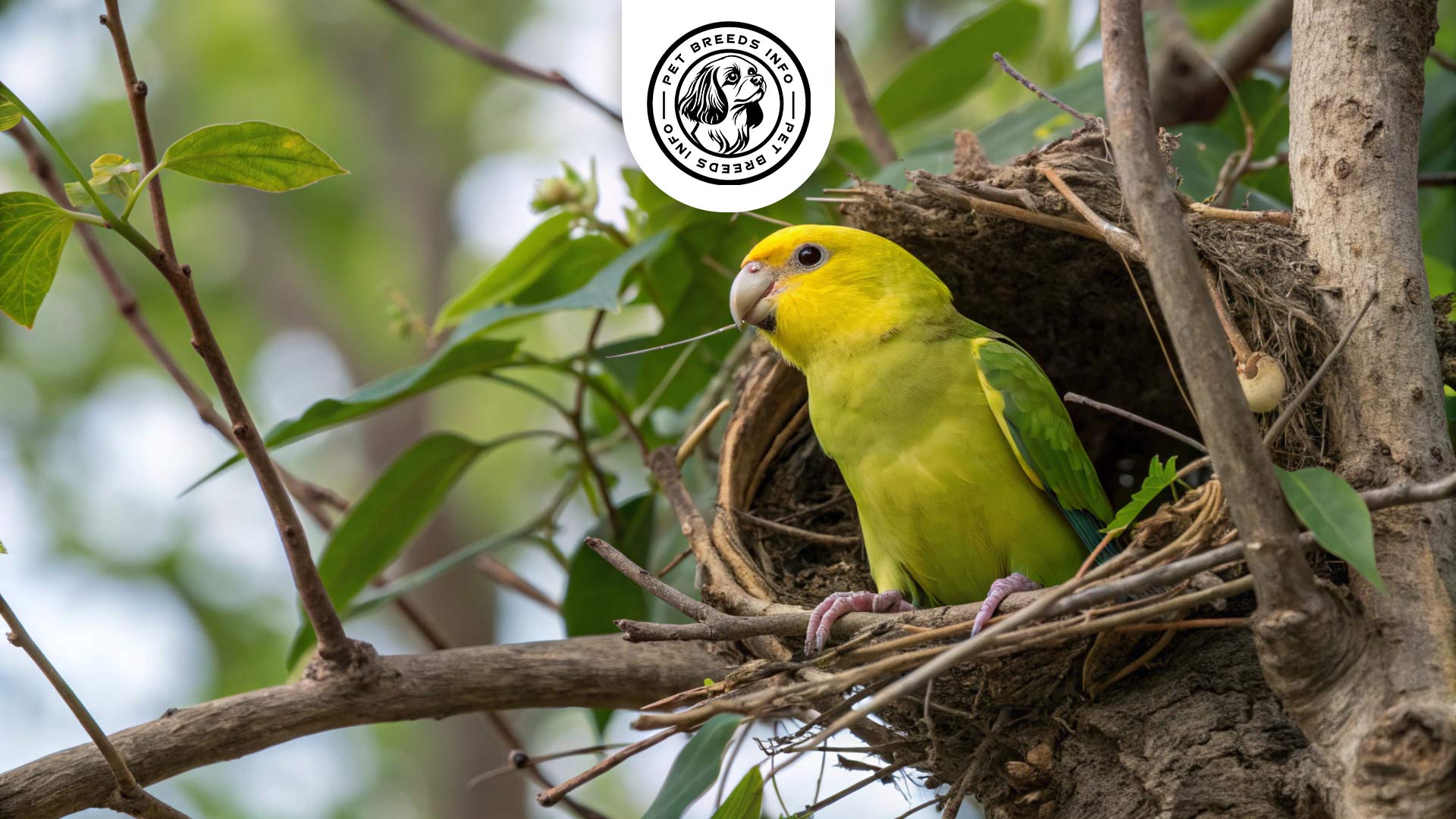
Price and Availability
Yellow-faced Parrotlets are considered a rare species, making them more expensive than other parrotlet varieties. Prices typically range from $300 to $600, depending on the breeder and availability.
Prospective owners should acquire these birds from reputable breeders or avian adoption centers to ensure they are ethically sourced.
Since they are not as commonly found in pet stores, it is essential to research and find ethical sources before purchasing.
Conclusion and Final Thoughts
The Yellow-faced Parrotlet is a captivating and intelligent pet for bird enthusiasts who are willing to dedicate time and effort to its care.
They thrive in a stable, interactive environment with proper nutrition, training, and enrichment activities.
Potential owners should consider their social and activity needs before committing to bringing one home.
With the right care, these vibrant and playful birds can make delightful companions for many years.
Read More: Zebra Finch Bird
FAQ
What is a distinguishing feature of the Yellow-faced Parrotlet?
Its bright yellow face that contrasts with its green body.
Are Yellow-faced Parrotlets noisy pets?
They are relatively quiet compared to larger parrots.
What kind of environment do Yellow-faced Parrotlets need?
A spacious cage with climbing bars and daily free-flight time.
How long do Yellow-faced Parrotlets typically live?
Their lifespan ranges from 15 to 20 years with proper care.
Are Yellow-faced Parrotlets easy to train?
Yes, they are highly trainable and respond well to positive reinforcement.
